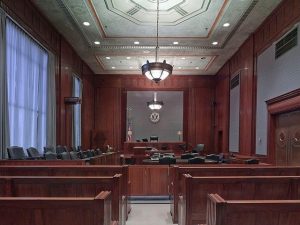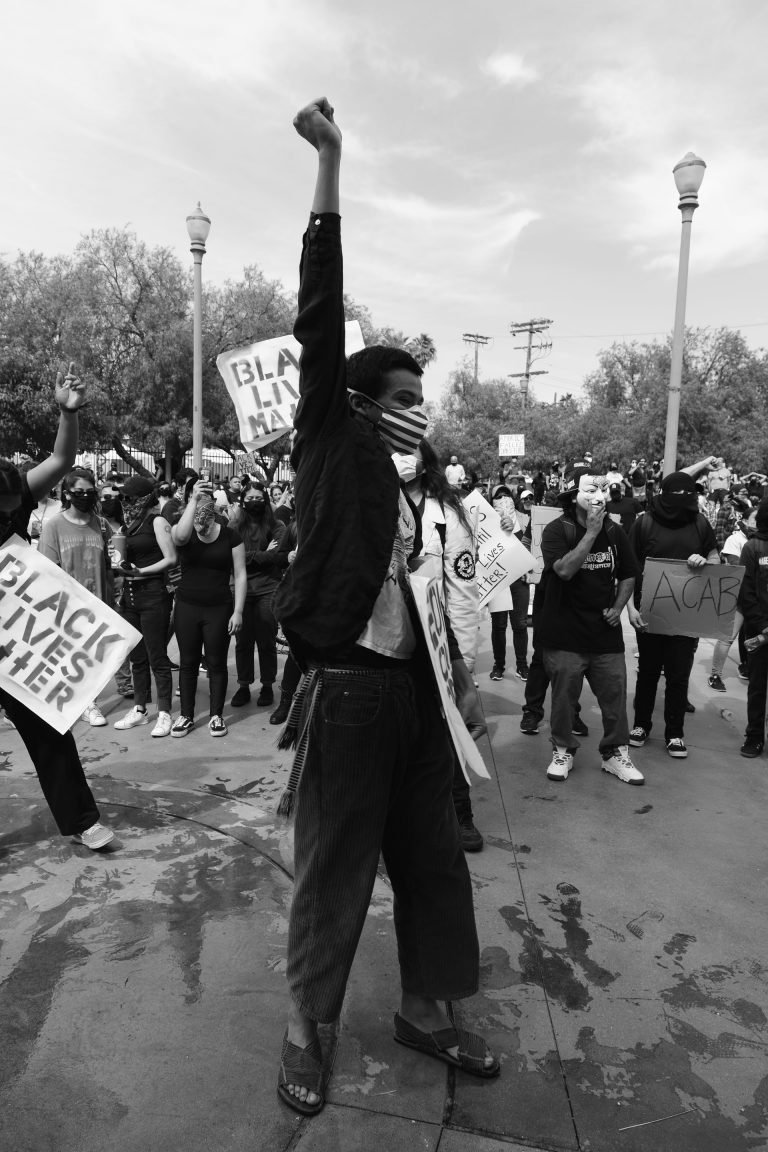Could laughter by a police officer in court affect the outcome of a trial?
 “If public officers will infringe men’s rights, they ought to pay greater damages than other men, to deter and hinder other officers from the like offences. …”
“If public officers will infringe men’s rights, they ought to pay greater damages than other men, to deter and hinder other officers from the like offences. …”
Writing in 1703, Chief Justice Holt’s words from Ashby v White1 (despite forgetting the “women” side of the socio-legal coin) have a poignant, contemporary sting. This judgement is considered the foundation of the tort of misfeasance in a public office; ie. a civil mechanism for people to seek compensation from public officials who behave badly.
This very peculiar tort2 protects individuals against misuse of public power3. It compensates individuals harmed by public officers who discharge their powers and duties in malicious, unauthorised ways4. In Ashby, this misuse of power involved four Constables preventing Mr. Ashby, a poor cobbler, from casting a vote in an election. For this, Mr. Ashby was handsomely awarded with £200.
Given the current Australian discourse around a need for political accountability, for example, see the teasing pipe-dream of a Federal ICAC, a civil mechanism for holding public officers accountable seems bitingly relevant to everyday Aussies. Yet despite having legally percolated for 300 years, questions surrounding this tort remain:
- How far does this legal protection extend, and what behaviour does it protect against?
- More pointedly; what acts constitute exercising a “public power” or “public duty”?
These very live issues were at the heart of Ea v Dinoca, a case before the New South Wales Supreme Court.
Ea v Diaconu, or “The One Where An AFP Officer Allegedly Laughs in Court”
In 2012, Mr. Ea appeared in Court to be prosecuted for a crime. Ms. Diaconu, an officer of the Australian Federal Police gave evidence at his trial. Subsequently, during Mr. Ea’s cross-examination, it was reported that Ms. Diaconu, sitting in the public gallery of the court room, had laughed, shook her head, rolled her eyes and grinned in response to answers given by Mr. Ea.
In 2018, Mr. Ea commenced proceedings against Mr. Diaconu. He alleged that she had committed the tort of misfeasance in public offices, by the way she had conducted herself in the public gallery of the Courtroom. Mr. Ea claimed that Diaconu attempted to influence the courts outcome through this misconduct.
At first instance, the primary judge summarily dismissed Mr. Ea’s proceedings, finding that Mr. Ea had not demonstrated that Ms. Diaconu was performing a public power or duty during her behaviour in the gallery.
Represented by O’Brien Criminal and Civil Solicitors. Mr. Ea appealed this dismissal to the Supreme Court.
Public Power: Where’s Our Red Line?
The question for their Honours Payne, White and Simpson was not whether Ms. Diaconu had indeed committed misfeasance. The question was whether Mr. Ea’s proceedings should be summarily dismissed. In other words, assuming Mr. Ea’s allegations are true, is his claim so “obviously untenable or groundless” that it would fail if it went to full trial?
The Court rejected the trial judge’s initial findings, granting Mr. Ea’s appeal. They found that Mr. Ea’s proceedings should not be summarily dismissed, but should proceed to a full trial.
While each of the separate judgements embodied a distinct flavour, the collective after-taste was the same. The Court considered that it was highly possible that Ms. Diaconu’s actions, given her appearance as a “case officer” in Mr. Ea’s criminal prosecution was performing an exercise, or a de facto exercise, of her public powers as she sat in Court.
As Payne JA noted, “to summarily dismiss the claim would be inconsistent with the possible development of the law”5. The Court ordered that Mr. Ea’s case be returned to the lower courts to be heard in full.
A Victory for Individuals Aggrieved by Public Officials
The case is a decisive victory, and significant for a few reasons. Rather than reject Mr. Ea’s application at first instance, the Supreme Court acknowledged that the scope of misfeasance in a public office is unsettled. The state of play is unclear, and it’s high time that the law attempts to clear some dust. Additionally, the judgement demonstrated a willingness from the higher courts to take seriously the various iterations in which public officials wield power.
In Ashby, Holt’s judgement embodies a salient caution, the law must maintain avenues for people harmed by public officers to seek redress. The law must “hinder and deter” misuses of public power. If His Honours’ words are to ring as true as they did 300 years ago, then developing this very peculiar tort, such as in cases like Ea v Diaconu is a poignant place to start.
Have you Experienced An Improper Exercise of Public Power?
If you have experienced misuse of public power by a public official, O’Brien Criminal and Civil Solicitors can advice you on your legal options. To book a free initial consultation, call us on (02) 9261 4281 or email us at .
1. Ashby v White (1703) 92 ER 126.
2. For an excellent academic summary, see Mark Aaronson, ‘Misfeasance in Public Office: A Very Peculiar Tort’ (2011) 35(1) Melbourne University Law Review 1.
3. See Sanders v Snell (1988) 196 CLR 329, [37] (Gleeson CJ, Gaudron, Kirby and Hayne JJ).
4. See Mengel (1995) 185 CLR 307, 357 (Brennan J).
5. Ea v Diaconu [2020] NSWCA 127, [57] (Payne JA).

Oliver is a law graduate who is passionate about the ways in which the law can alleviate injustice. Oliver practices across intentional torts, abuse, privacy and defamation.
-
Oliver Creaghhttps://obriensolicitors.com.au/author/oliverc/
-
Oliver Creaghhttps://obriensolicitors.com.au/author/oliverc/
-
Oliver Creaghhttps://obriensolicitors.com.au/author/oliverc/
-
Oliver Creaghhttps://obriensolicitors.com.au/author/oliverc/






